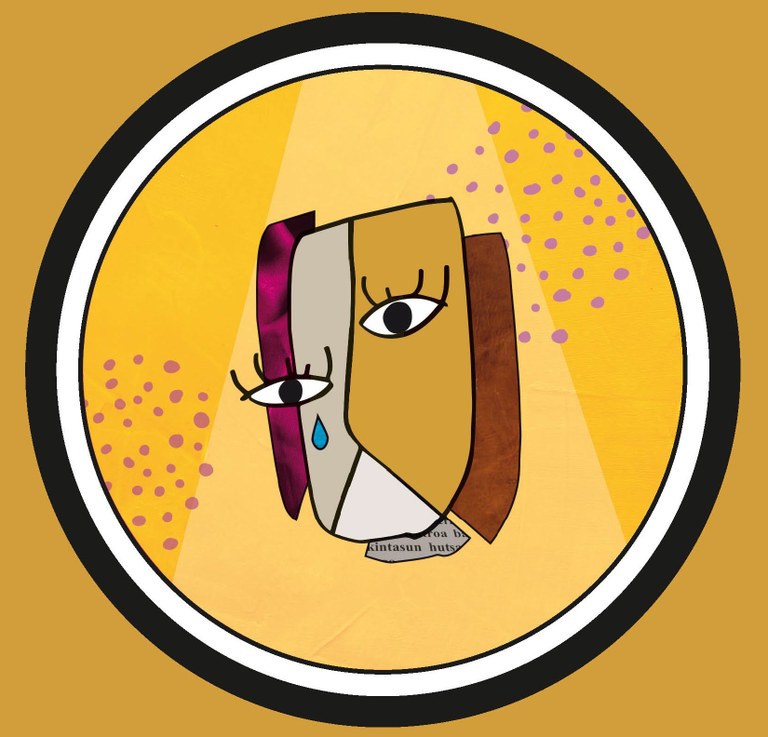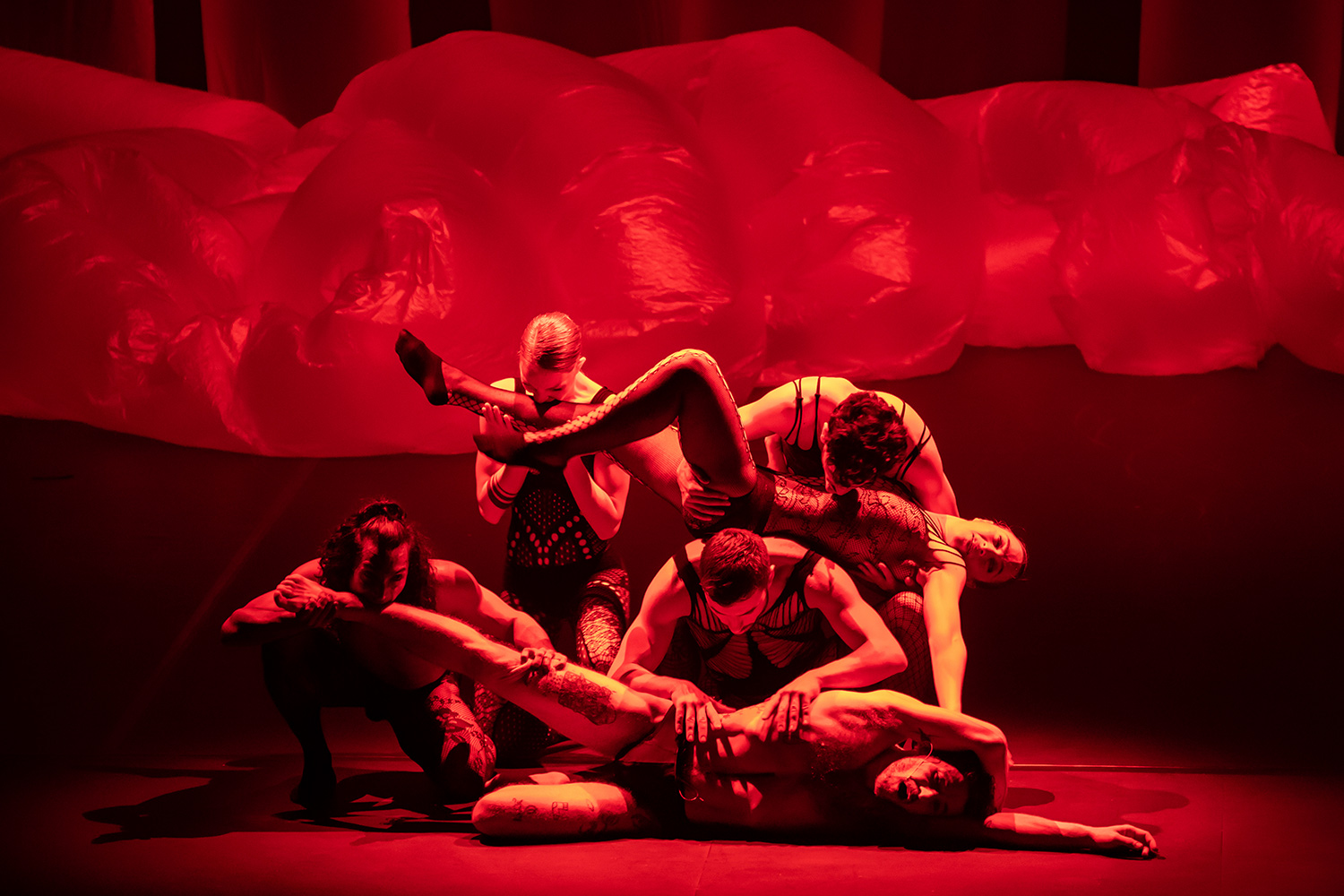Joseba Arrieta dies, a Gaztedi dancer who brought dance and Basque
- Joseba Arrieta "Txertudi" (1932-2022), integrated in the dance world with the dance group Gaztedi de Santutxu, died at the age of 92. Member of the first generation of the dantzari group Gaztedi, participated in EDB and wrote in Dantzari magazine on dance. One of the founders of the Karmelo and Kirikiño ikastolas was president of the second for 11 years. In 2015 he received the "Lauaxeta" award from the Provincial Council of Bizkaia.

Now dance, then Basque
In the harsh era of Franco, the forbidden Basque was the only option to reclaim the vasquity and keep the Basque dance alive. This is how the Carmelite José Antonio Goiria "Aita Txanton" created the group of Gaztedi dancers in Santutxu, keeping alive the flame of the vascuence from the Basque dance. Gaztedi, a first-generation dancer from the Santutxu group, recalled the times of his foundation:
In 1951, the dictator Franco was at his worst times. In his great anger, he wanted to have Euskal Herria more crushed than he was; that oppression lasted all efforts. (...) banning the use of Euskera, banning children from naming in Euskera (...) was created in an environment like Gaztedi Dantzari Taldea.
The value of Aita Txanton and the support of the Basque dance in that black era for the Basque, Joseba Arrieta recalled:
"He told us more than once: at this moment we have to keep folklore, and then focus on language, on the Basque."
Joseba Arrieta always took this idea into account and also remembered it in the interview at the radio Villa de Bilbao in 2009, explaining how the Basque hobby was maintained in the dance group Gaztedi, a dance group that has been an excellent base for the promotion of the Basque in Santutxu.
Rope on continuous
Joseba Arrieta argued that for the Basque culture, the Basque dance and the Basque dance to maintain their roots, they had to take care of and adapt to the new forms, but both considered necessary because he claimed the need to know the roots of the renovation well. In fact, in 1966, in the first issue of Dantzari magazine worked on this topic in the article written with sagar-dantza:
Nik sincerely uste dut berrikuntza ezarri dela. Ondo ulertuz, argi eta garbi izan behar dela berritzegune, esmero asko eta atxilotarekin.
He called for a detailed study and condemned the losses that could occur without it. For example, he strongly regretted the abandonment of the rope in the aurresku. In fact, the group of dancers Gaztedi de Arrieta danced on rope claiming the soka-dantza at the memorable festival of the Agilera stadium in Biarritz, where the dancer of Santutxu played a special role. 55 years ago Arrieta reported what was happening with the aurresku, that the rope was being lost and turned into solo dance and that the group character had to be returned to the aurresku:
Lehenengo eta behin Gaztedi danced soka-dantza, Aurresku de rope izenarekin ere. Aurrera den Aurresku den ezagutu eta ez gaude ohitzen, bai taldearen exhibits, bai lehietan. Aurresku da kuadrillako dantza bat, eta ez bat edo bi dantzaris.
One of the most important moments in the history of Basque dance was the alarm that took place at the Agilera stadium in Biarritz in 1967. Two men who died these days as microphone organizers and presenters: Jakes Abeberri and Joseba Arrieta. Gaztedi began the performance and chronicle of the performance of Arrieta himself in Dantzari magazine.
Roots and innovation
The Alavés dance group Oldarka received the third prize in the competition of new dances held recently, after dancing the choreography "Neskmutillas at the end contentas", was the turn of the dantzari group Argia. This is the first action of Juan Antonio Urbeltz in publicizing the new forms of action of the Light, as recorded in his chronicle Joseba Arrieta:
Talde Argia lana, San Sebastian, Arizcun dantza sagar-dantza, eta lau mutilak quaint dressed. Hala ikusi ahal izan dugu Sagar-dantza bere egoera primitivoan, eta beste dantza hau neskaldunak transferidatu lehen bezala.
The Argia unveiled the iron in the Arizkun mold and brought the dantzari dantza in the Berriz mold to Biarritz. Arrieta also highlighted the quality of the group of dantzaris "The good group of dantzaris from the City Council of Pamplona that so well leads our friend Azcona interpreted a series of Navarre dances" and the set of dantzaris was "very well executed".
From the Basque dance to the Basque
After the group performances, the festival was rounded off dancing together and Arrieta mentions in his chronicle the concepts of folklore and folklore that were already the subject of debate to highlight the quality of the dance festival and ended the union of the two axes of Joseba Arrieta's life:
Hau izan zen gai-apotheosis. Hala ikusi dugu numerous publikoa, Herriko eta kanpo; denok estalitu bat dantzaris esaten zuen ovazioak. Dantzaris whose sacrifices deserve the ovations. You saw, Dantzaris friends, zuek dago herria. Bide horretan, animatzen eta wrangling with your dances all our brothers. Hori ez zen ‘Folklore’, ez ‘Folklorismo’, hori zen herria eratuta dance. Dantzari, sacrifice zuen izpiritu ezagutu, eta beste saiatu egingo ote naiz. Berriro ere, eta hau ere, microfonoak izango dira. Orduan, zuen talde guztiak euskerikos izen horiek onerosa izango dira.
Throughout his life, Joseba Arrieta maintained this adhesion with dance and Basque. He was one of the founders of the Karmelo and Kirikiño ikastolas, and has been president of the Kirikiño ikastola for eleven years. He received the "Lauaxeta" award from the Provincial Council of Bizkaia in recognition of his contribution to the promotion of the Basque Country in 2015.
The idea that we in the dance world often repeat is that dance is ephemeral. The Elhuyar dictionary gives as a counterpart to "ephemeral" English: ephemeral, destructive, perishable, ephemeral, ephemeral, perishable, perishable, ilaun. I don't remember who I first read that idea... [+]
Moor Krad
By: Ertza company.
When: 3 October.
Where: In the Muxikebarri room of Getxo.
---------------------------------------------
Two years later I met the work Moor Krad, in which members of the company Ertza created and premiered the piece. So in 2022, I tried to... [+]
Transmisioa eta dantza taldeetako erreleboa aztertu nahi izan dugu Dantzan Ikasi topaketetan, eta gazte belaunaldiek lan egiteko ereduak ezagutu nahi izan ditugu “Gazteen parte-hartzea euskal dantzan” mahai inguruan: Eder Niño Barakaldoko... [+]




















